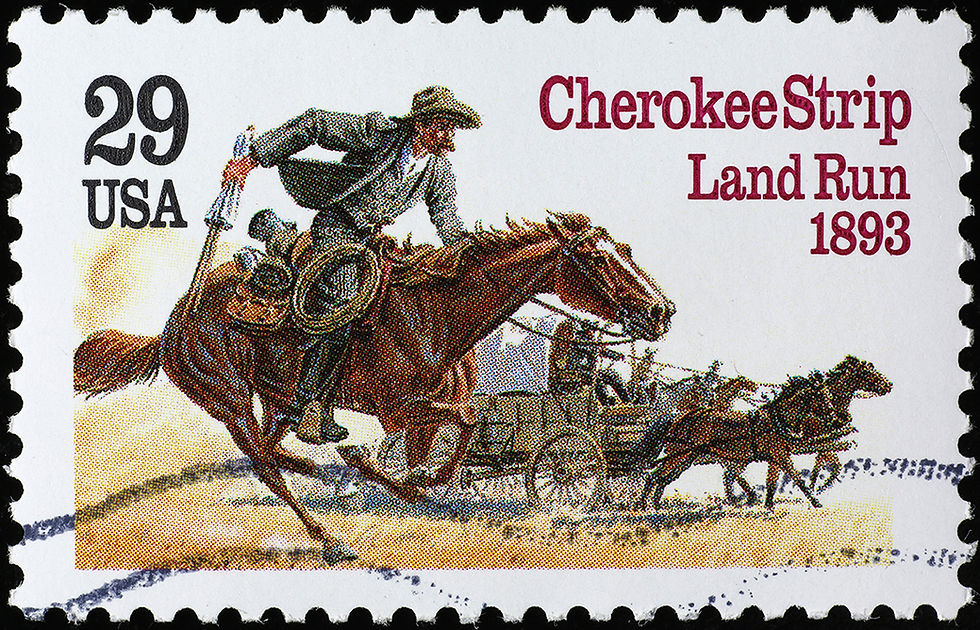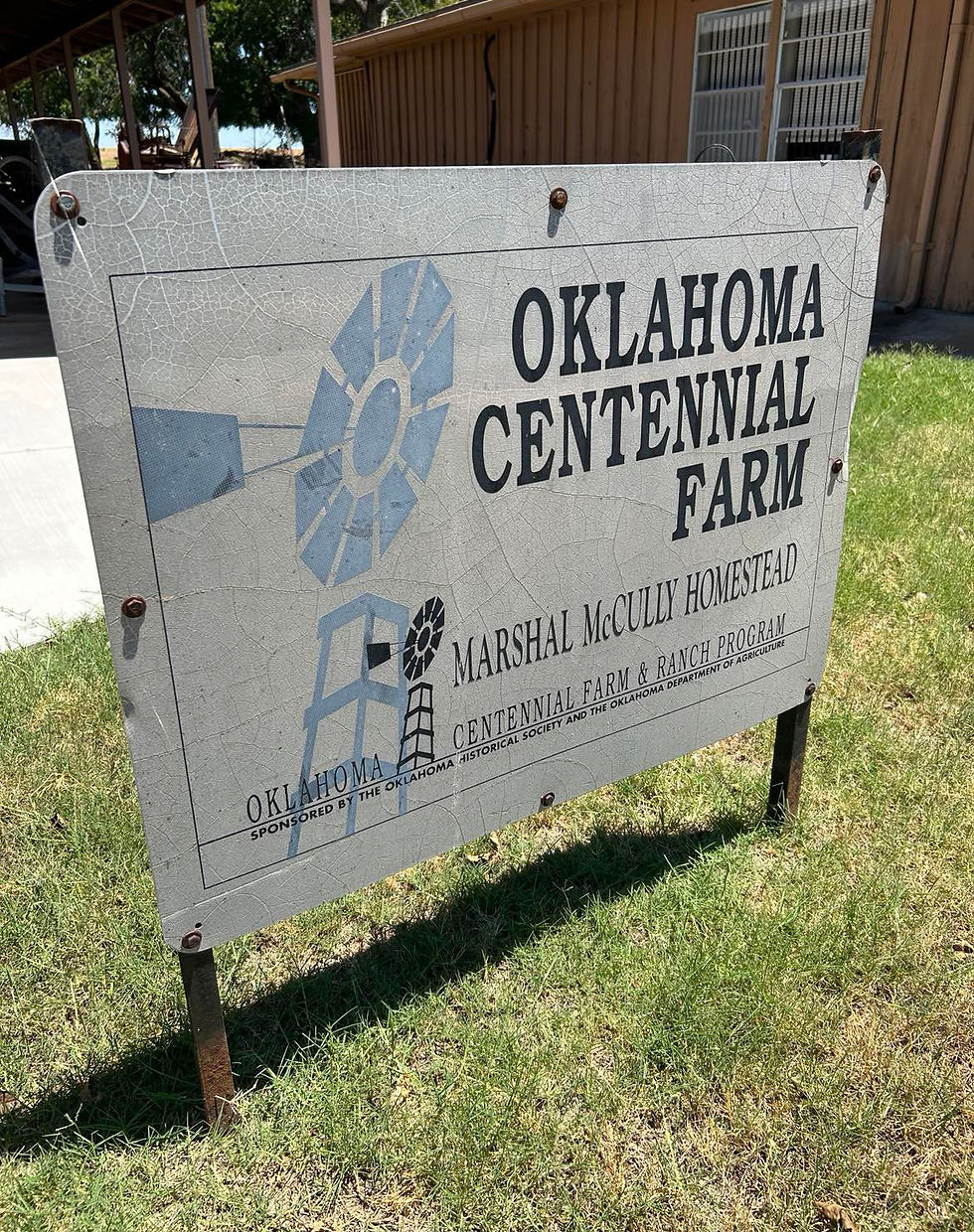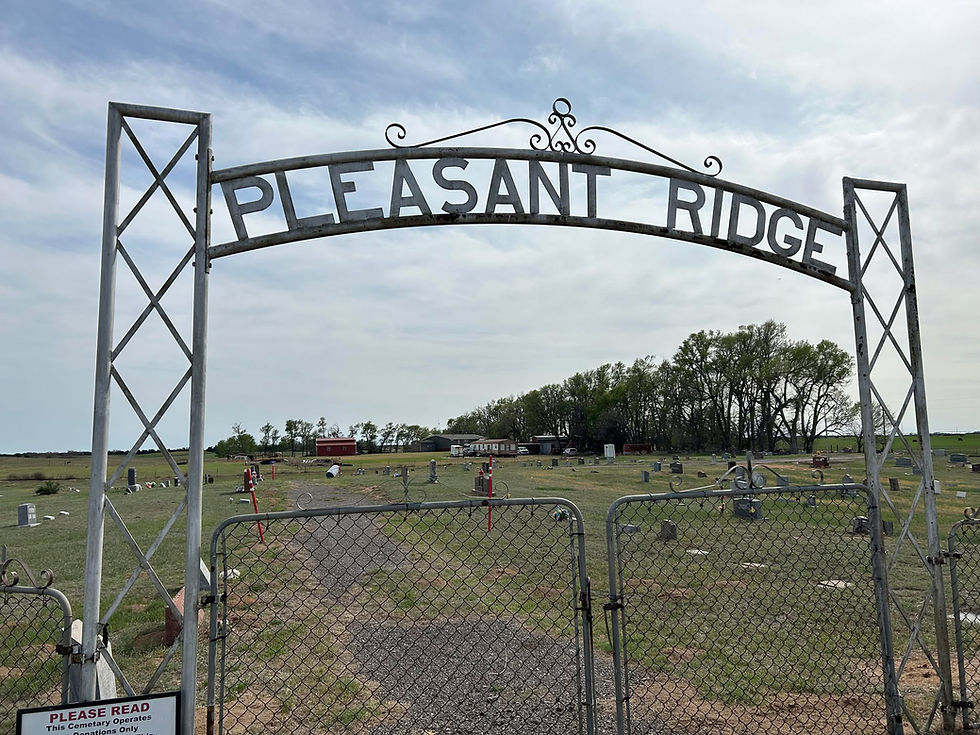Cherokee Strip Land Run in Oklahoma & Alfalfa County Ties
- Korina Dove
- Feb 20
- 3 min read

The Cherokee Strip Land Run of September 16, 1893, was one of the largest land rushes in American history. Thousands of settlers gathered at the border of what was then known as the Cherokee Outlet, anxiously awaiting the signal to claim their piece of the nearly six million acres opened for settlement. This historic event played a pivotal role in shaping the development of northwestern Oklahoma, including present-day Alfalfa County.
How the Cherokee Strip Land Run Happened
Following negotiations between the U.S. government and the Cherokee Nation, the land was sold and prepared for settlement. At noon on September 16, gunshots rang out, signaling the start of the race for land claims. Homesteaders on horseback, wagons, bicycles, and even on foot surged forward in hopes of securing a 160-acre homestead under the Homestead Act.
The rush was both chaotic and transformative. Towns such as Enid and Perry sprang up almost overnight, and settlers worked quickly to establish homes, businesses, and farms. The land rush also led to lasting disputes over land ownership, as well as the displacement of Indigenous communities who had previously lived in the region.

Alfalfa County’s Connection to the Land Run
Alfalfa County, located in northwest Oklahoma, was part of the vast Cherokee Outlet and saw its own influx of settlers during the land run. Many families who participated in the rush later established farms and communities in the region, contributing to the county’s agricultural heritage.
Cherokee, the county seat of Alfalfa County, became a key settlement area following the land run. Though not a boomtown like some other locations, Cherokee and its surrounding areas grew steadily as settlers built homes, schools, and churches. The land’s fertile soil made it ideal for farming, and many descendants of original homesteaders still reside in the county today.
Legacy of the Cherokee Strip Land Run in Alfalfa County
The spirit of the land run remains a significant part of Alfalfa County’s identity. Local museums and historical societies preserve stories of those who staked their claims, and events commemorating the land rush highlight its impact on the county’s development. The annual Cherokee Strip Celebration in nearby Enid and former celebrations in Cherokee serve as reminders of the endurance and determination of those who participated in this historic event. In Aline, visitors can see how many settlers lived at the Original Sod House Museum.
While the Cherokee Strip Land Run symbolized new opportunities for settlers, it also marked a period of great change for Indigenous populations, whose lands were taken as part of government policy. Today, historians continue to reflect on both the pioneering spirit of the settlers and the broader implications of westward expansion.
History Lives on in Alfalfa County
The Cherokee Strip Land Run was a defining moment in Oklahoma history, shaping the settlement patterns of Alfalfa County and beyond. Its legacy lives on through historical sites, family stories, and ongoing efforts to preserve the history of those who took part in this momentous event.
References for this Article
Gibson, Arrell M. The Oklahoma Story. University of Oklahoma Press, 1978.
Hoig, Stan. The Oklahoma Land Rush of 1889. University of Oklahoma Press, 1984.
Oklahoma Historical Society. "Cherokee Outlet Opening."
Enid News & Eagle. "Cherokee Strip Land Run Anniversary Celebrated in Enid."
National Park Service. "The Cherokee Outlet."











Comments